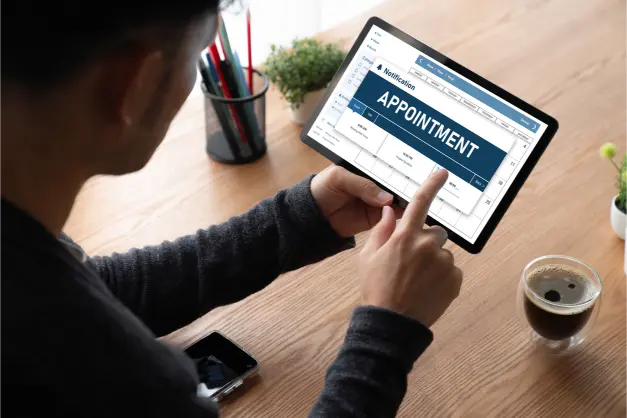Unlocking Better Health: Strategies to Increase Patient Portal Usage
In the modern healthcare landscape, technology has become an integral part of patient care, offering innovative solutions to improve communication, streamline processes, and ultimately enhance health outcomes. One such tool that holds immense potential is the patient portal—a secure online platform that allows patients to access their medical records, communicate with healthcare providers, schedule appointments, and more. However, despite its numerous benefits, patient portal adoption remains a challenge for many healthcare providers. In this blog, we’ll explore the importance of increasing patient portal usage and discuss strategies to achieve greater engagement for improved health outcomes.

Empowering Patients with Accessible Healthcare Information
Patient portals serve as a gateway to empower patients with access to their own healthcare information. By providing convenient online access to medical records, lab results, medication lists, and care plans, patient portals enable patients to take a more active role in managing their health. This increased access to information fosters patient engagement and encourages individuals to become partners in their healthcare journey.
Facilitating Communication and Collaboration
Effective communication between patients and healthcare providers is essential for delivering high-quality care and achieving positive health outcomes. Patient portals facilitate secure messaging between patients and providers, allowing for timely communication outside of traditional office visits. Patients can ask questions, request prescription refills, and even share updates on their health status, fostering a collaborative relationship with their healthcare team. Enhanced communication leads to better care coordination, reduced medical errors, and ultimately, improved health outcomes.
Improving Medication Adherence and Chronic Disease Management
Medication adherence is a critical factor in managing chronic conditions and preventing disease progression. Patient portals can play a significant role in promoting medication adherence by providing patients with easy access to their medication lists, refill reminders, and educational resources. Additionally, features such as appointment scheduling and automated reminders can help patients stay on track with their follow-up visits and preventive screenings, further supporting chronic disease management efforts.
Enhancing Preventive Care and Health Maintenance
Preventive care is key to maintaining overall health and reducing the risk of serious health issues. Patient portals can facilitate proactive healthcare by reminding patients of upcoming screenings, vaccinations, and wellness exams based on their individual health history and risk factors. By empowering patients to stay informed and engaged in their preventive care, patient portals can help detect health concerns early, leading to more effective interventions and improved health outcomes over time.
Strategies to Increase Patient Portal Usage
Education and Training: Provide patients with comprehensive education and training on how to use the patient portal effectively. Offer tutorials, instructional videos, and support materials to guide patients through the registration process and highlight the portal’s features and benefits.
Promotion and Awareness Campaigns: Launch targeted promotion and awareness campaigns to raise awareness about the patient portal among patients. Utilize various channels such as email newsletters, social media, waiting room signage, and provider-patient conversations to promote the portal’s benefits and encourage registration.
Streamlined Registration Process: Simplify the patient portal registration process to minimize barriers to entry. Offer multiple registration options, including in-person assistance, online registration forms, and mobile app downloads, to accommodate patients with varying levels of technological proficiency.
Incentives and Rewards: Implement incentive programs or rewards systems to motivate patients to use the patient portal regularly. Offer incentives such as discounts on copayments, access to exclusive health resources, or entries into prize drawings for patients who complete specific portal-related tasks.
Continuous Feedback and Improvement: Solicit feedback from patients regarding their experiences with the patient portal and use this feedback to drive continuous improvement efforts. Actively listen to patient suggestions, address concerns promptly, and prioritize enhancements that align with patient needs and preferences.
Increasing patient portal usage holds immense potential for improving health outcomes by empowering patients, facilitating communication, promoting medication adherence, and enhancing preventive care efforts. By implementing strategies to increase patient engagement with the portal, healthcare providers can harness the full benefits of technology to deliver patient-centered care and achieve better health outcomes for their patients.

